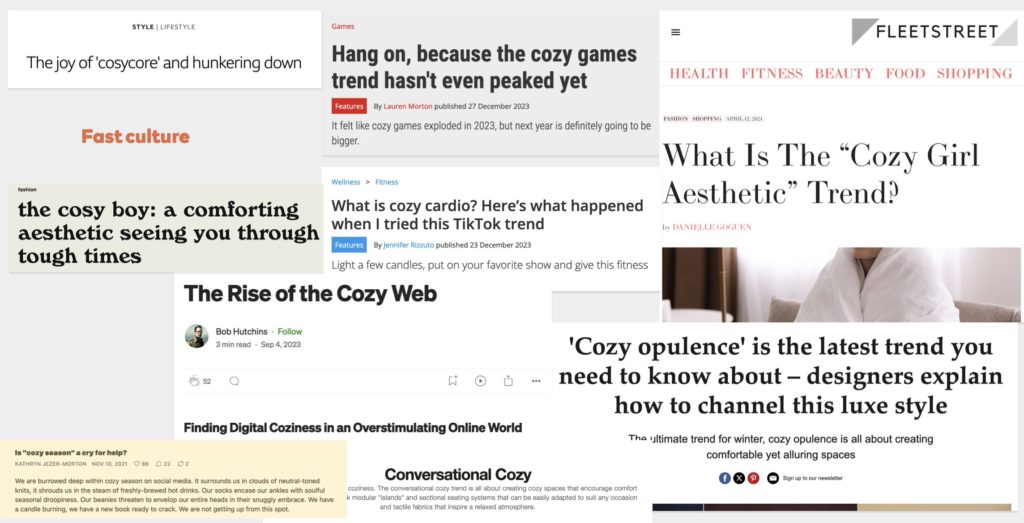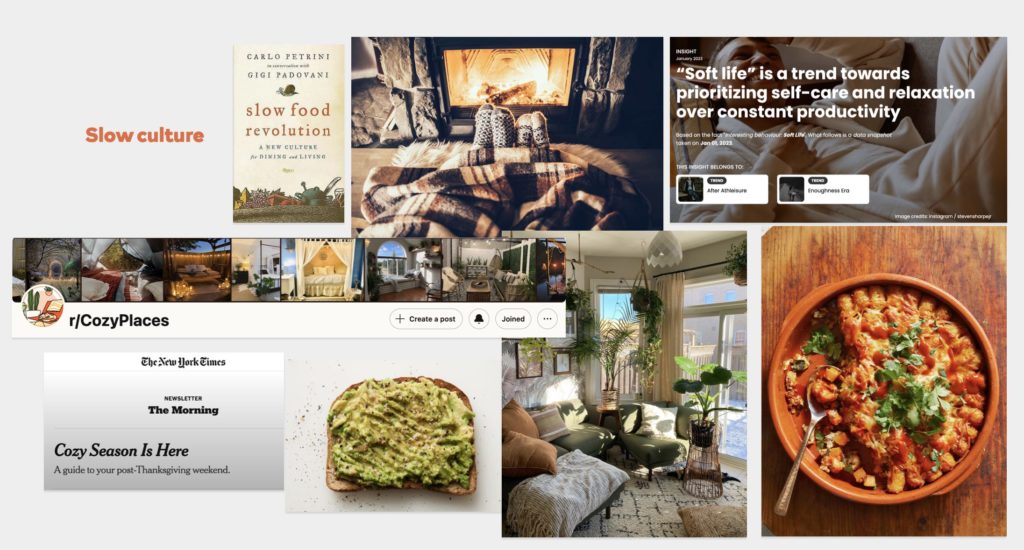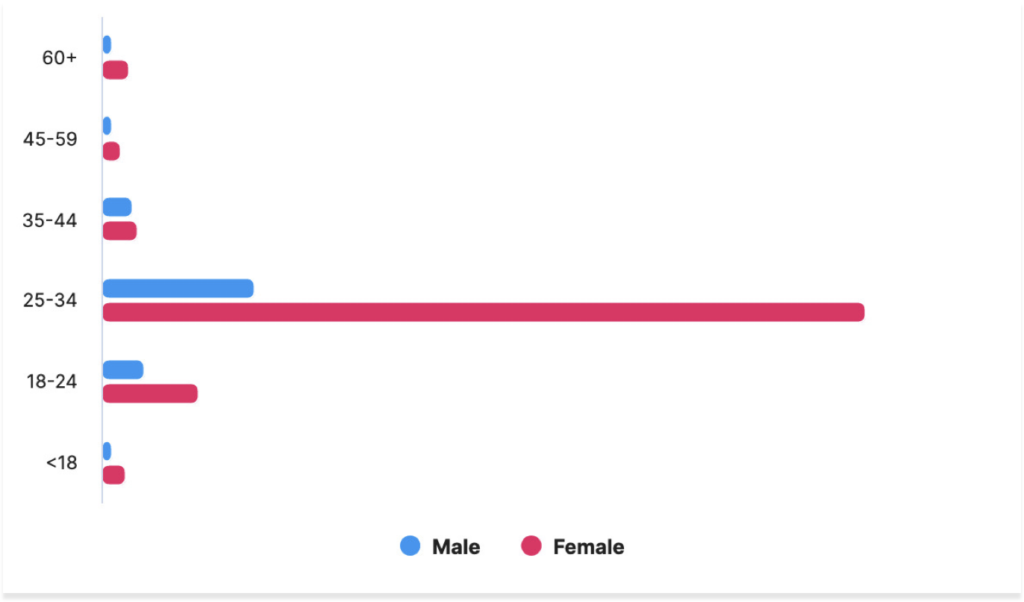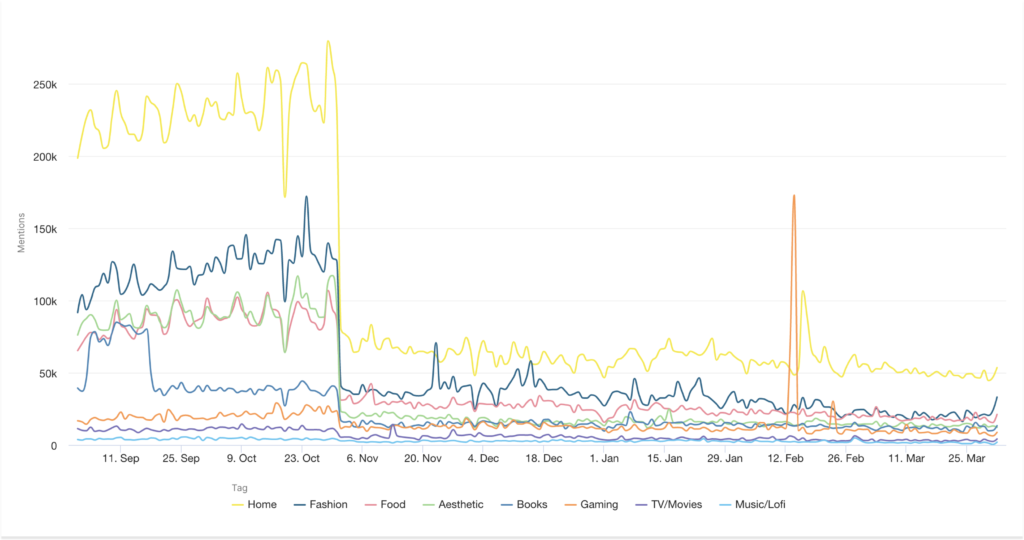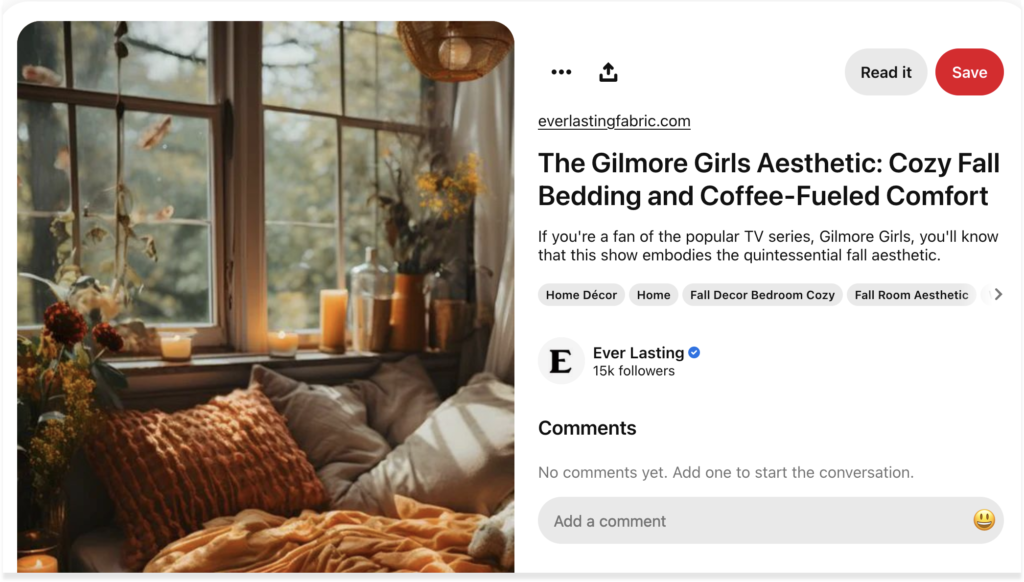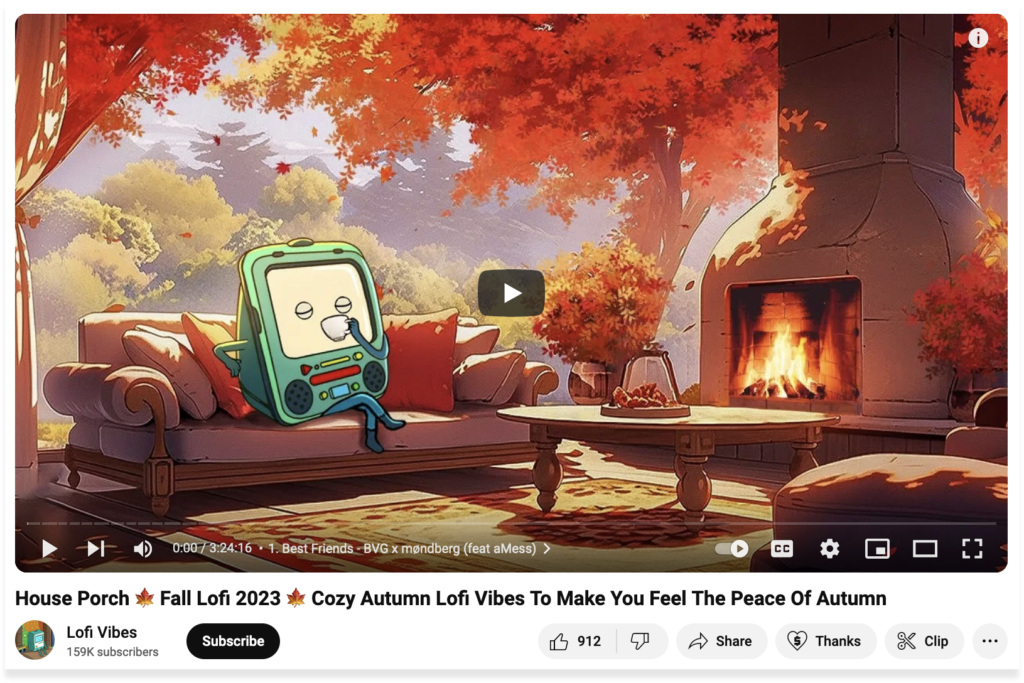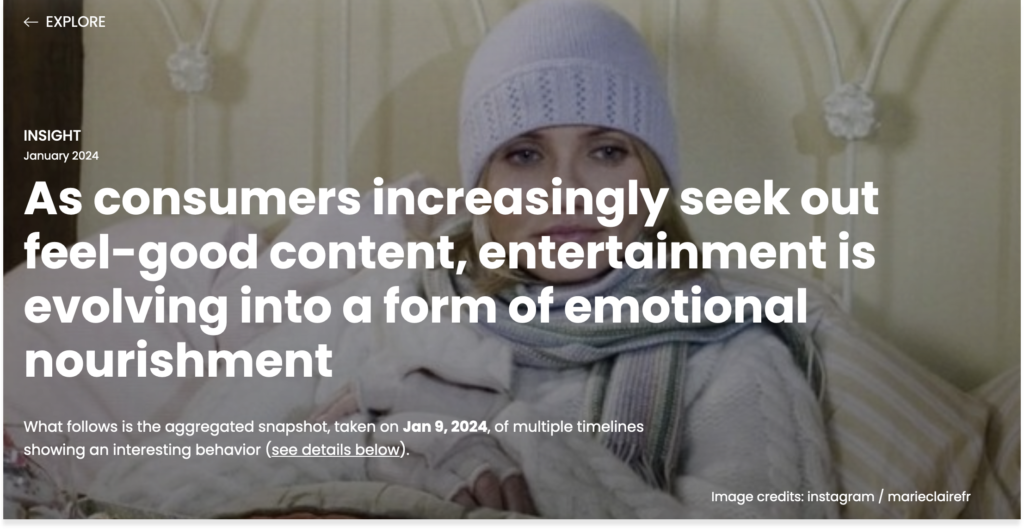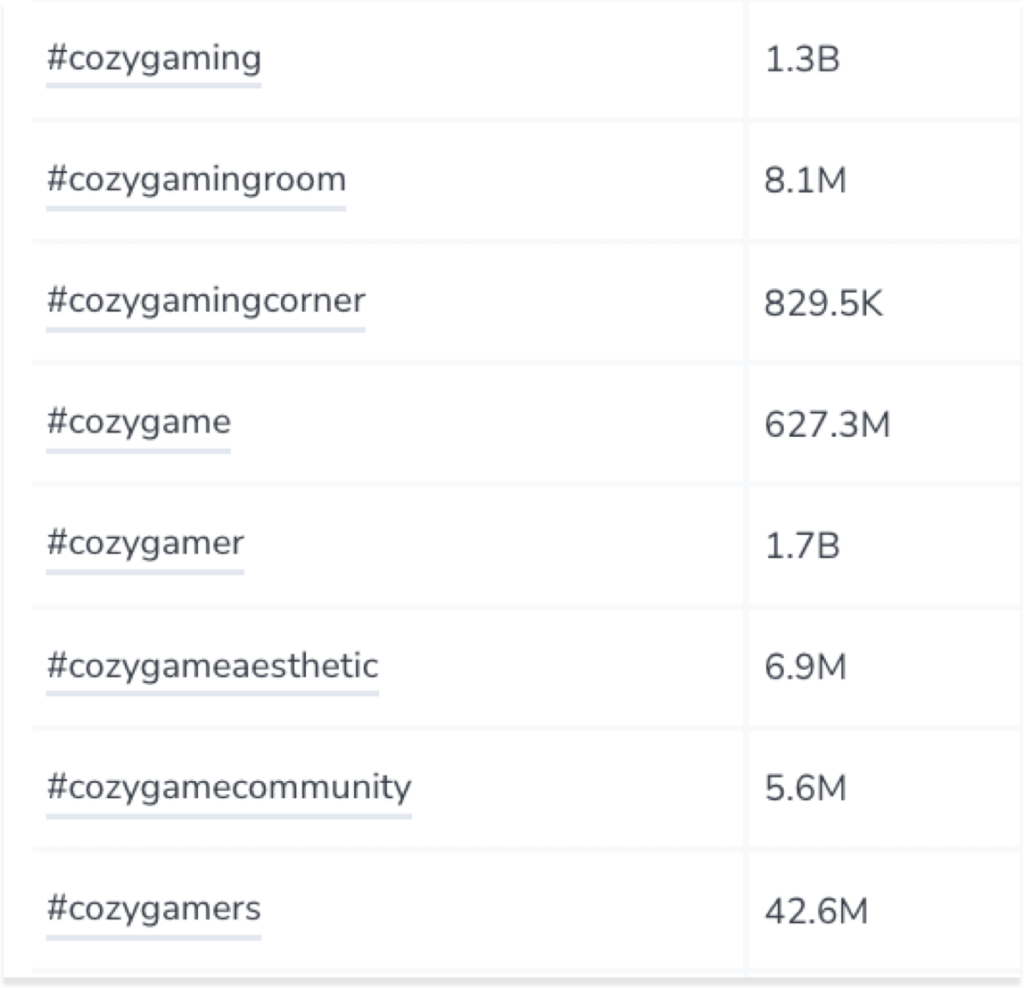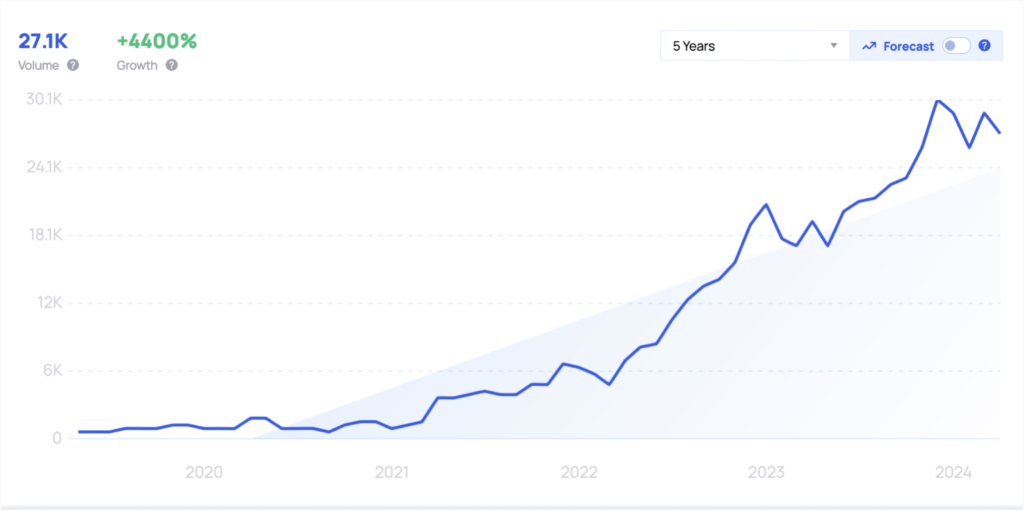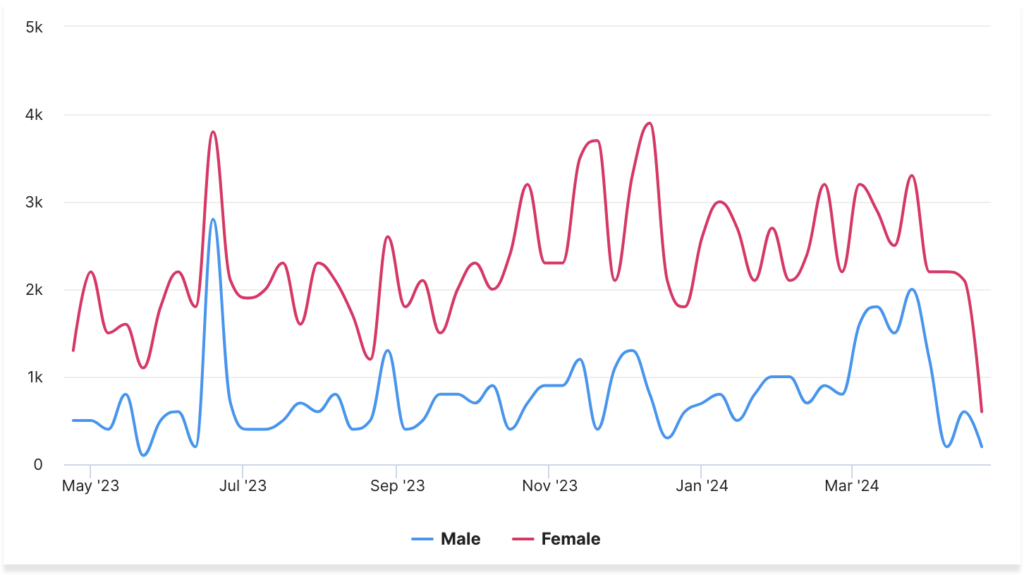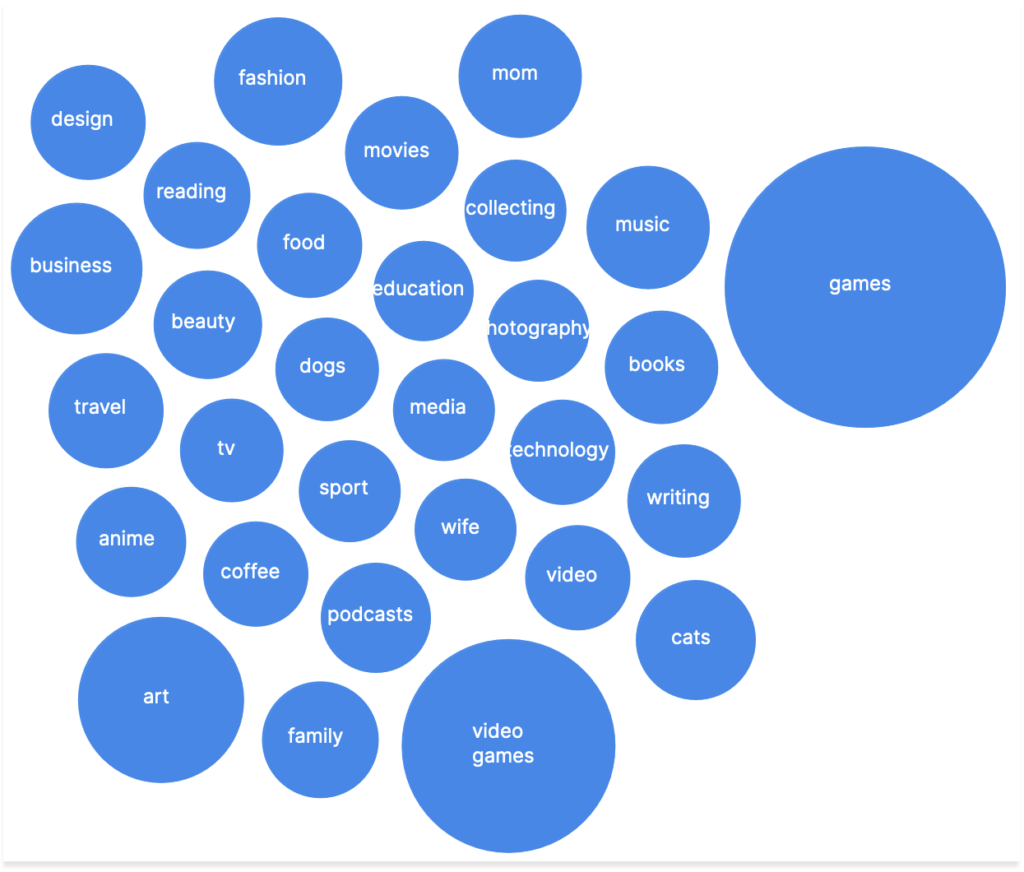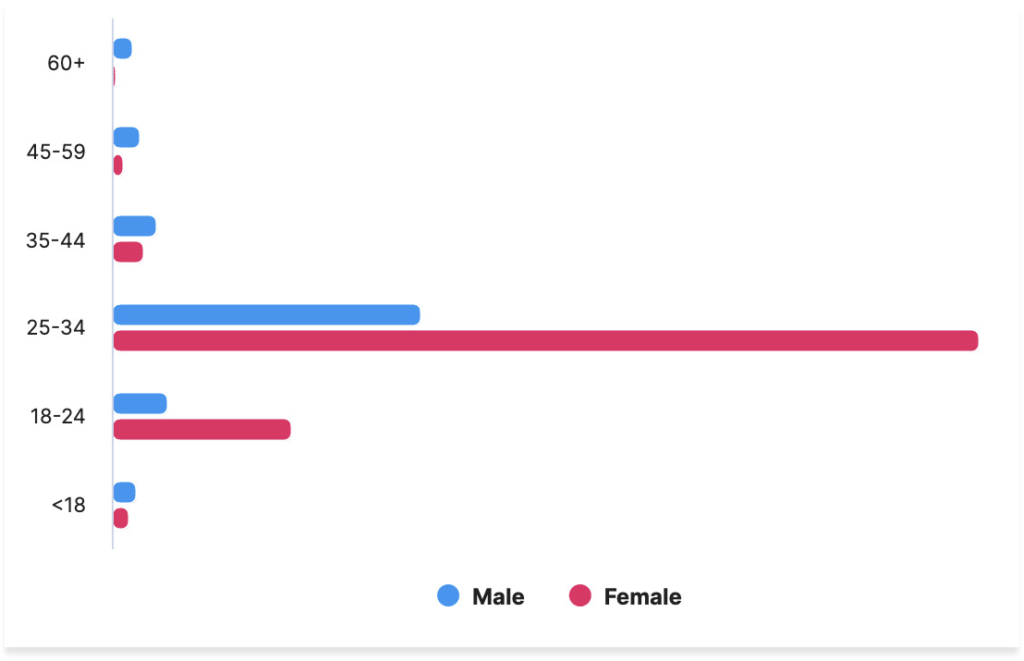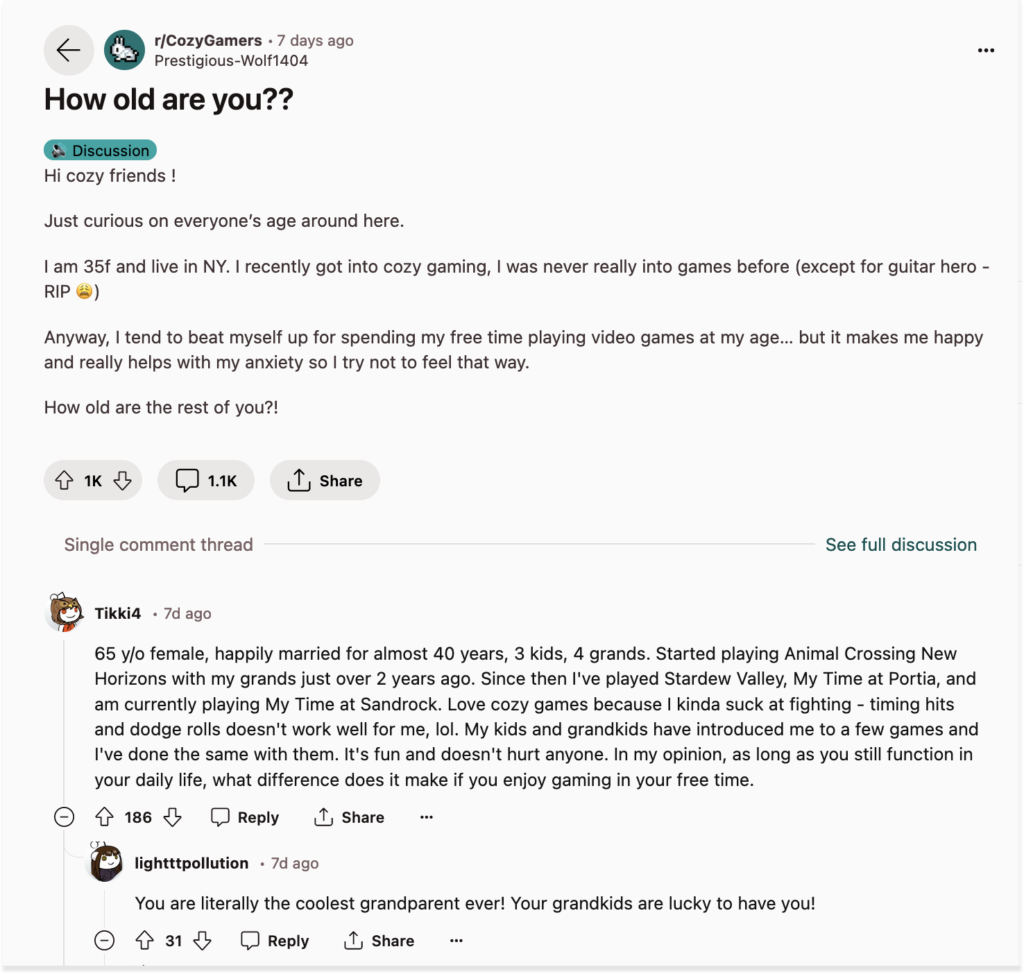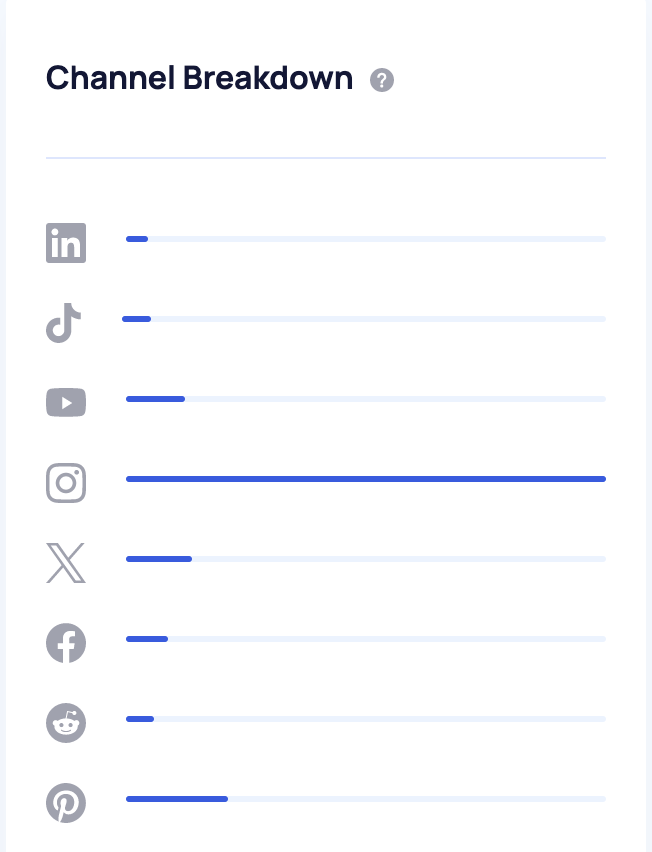Back in the Summer of 2024 I ran some social listening around the early trend of Summerween and predicted that it was going to grow exponentially in 2025.

Here’s the report I created on Summerween 2025.
Newsflash – it’s pretty big this year.
TLDR:
Summerween is officially a thing now.
- For the first time, we’re seeing UK stores get in on the trend
- Not just a precursor to Halloween, Summerween is its own festival
- Summerween nails are a whole vibe
- Summerween is manifesting in all areas of pop culture, but is extremely popular with the bookish community
- It’s part of the overall surge in interest in all things horror-related.


